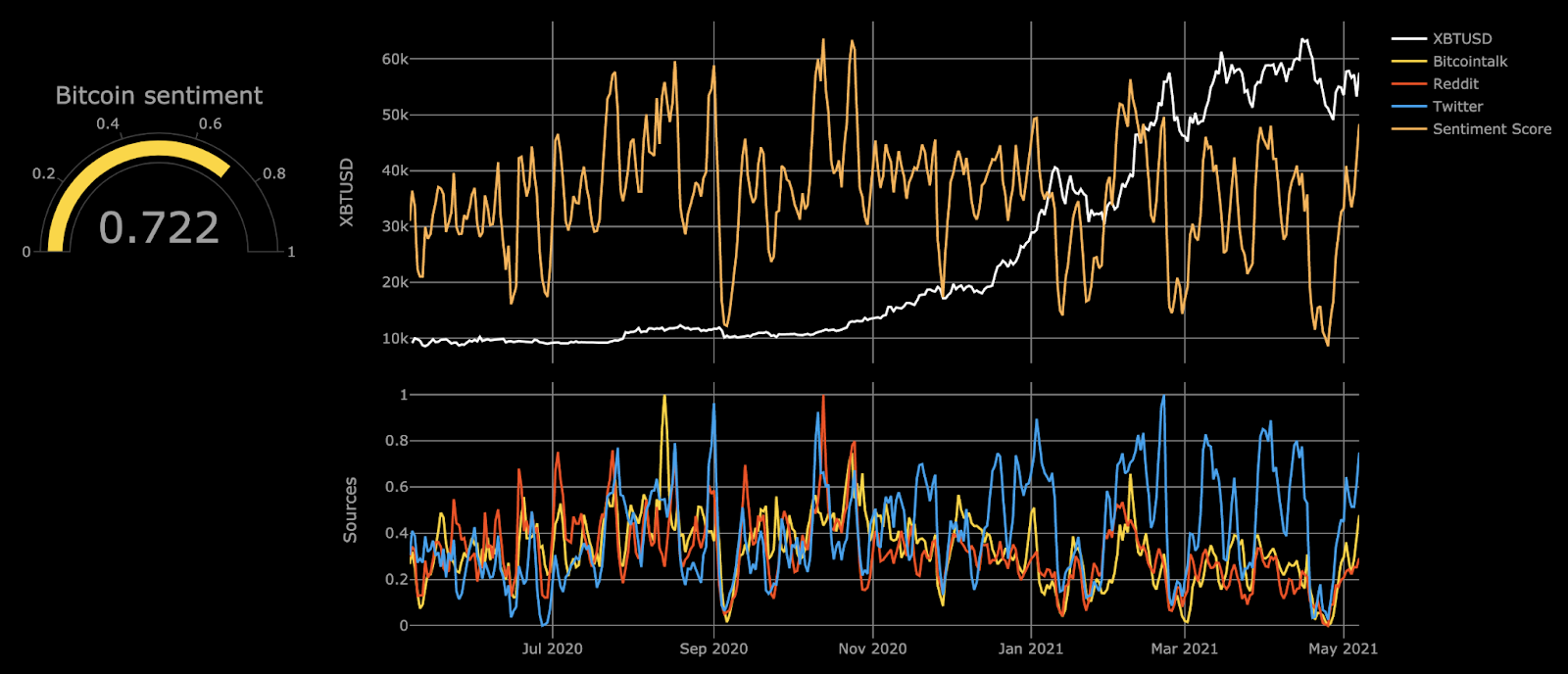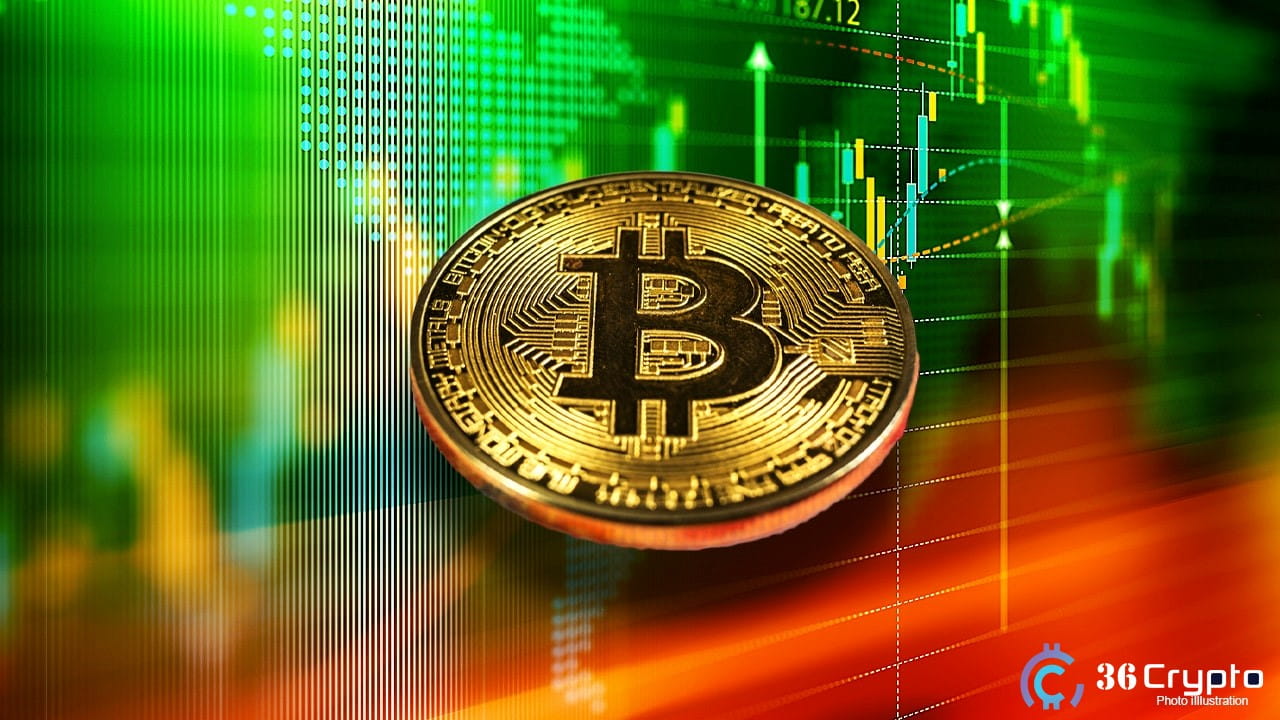Bitcoin price reversal, once more at a turning point. The Bitcoin Market is at risk of a major price reversal and might collapse to $75,000. This occurs in a complicated macroeconomic environment where the hyperbole of former. President Donald Trump’s revived trade war overshadows encouraging news like lower US inflation. The Bitcoin market is more volatile as investors navigate these choppy seas. The important technical and fundamental elements control its direction.
Bitcoin’s Price Action
Struggling to keep its upward momentum. The world’s biggest cryptocurrency by market value has been trading in a limited range for the previous week. After peaking earlier this month at $81,000, BTC has encountered opposition at important levels that raises questions about a possible downturn. Nowadays, analysts warn that should Bitcoin fail to maintain necessary support levels, it might reverse to $75,000.
Technically, Bitcoin’s price movement seems worn out. The key momentum indicator. The Relative Strength Index (RSI) is hovering close to overbought territory, indicating the market might be almost ready for a downturn. Further strengthening the case for a possible decline is the Moving Average Convergence Divergence (MACD) indicator, which shows bearish divergence.
Important support ranges to observe are $75,000 and $78,000. A break below these levels might set off a more significant downturn; the next significant support zone falls around $72,000. On the plus side, Bitcoin has to recover the $81,000 level to revive optimistic momentum and maybe reach fresh all-time highs.
Trump’s Trade War Rhetoric

The comeback of trade war rhetoric from former. President Donald Trump is one of the main elements influencing Bitcoin’s unclear future. Trump, the leading candidate for the 2024 U.S. presidential contest. Lately, he has intensified his criticism of China’s trade policies. The vow to apply fresh taxes should he be re-elected. This has caused worries about a possible trade war between the two biggest economies, which might broadly affect world markets.
Since they disturb world supply lines, raise company expenses, and cause uncertainty for investors, trade conflicts usually result in more market volatility. Under such circumstances, risk assets like Bitcoin sometimes show more price volatility. Although Bitcoin is sometimes praised as a counter to economic uncertainty. Its relationship with conventional markets has changed recently. This is vulnerable to more general market changes.
A trade war’s possibility has also resulted in a higher U.S. dollar since investors swarm to the greenback as a safe-haven. Since a rising dollar makes Bitcoin and other cryptocurrencies more costly for overseas consumers, it usually causes them downward pressure. This dynamic is fueling the short-term pessimistic attitude about Bitcoin.
A Silver Lining
There is a bright side in the form of declining US inflation among the trade war worries. From 3.4% in April to 3.3% year-over-year in May. Consumer Price Index (CPI) dropped recently. According to the Bureau of Labor Statistics (BLS). This marks the second straight month of falling inflation, which gives hope. That the Federal Reserve will take interest rate reduction into consideration later this year.
Generally speaking, lower inflation is good for risky assets like Bitcoin since it lessens the demand for central banks to maintain tight monetary policies. A possible Fed rate drop might result in more financial sector liquidity, often helping cryptocurrencies. Still, the wider macroeconomic uncertainty—especially the danger of a trade war—may overwhelm the effect of lowering inflation on the price of Bitcoin.
Market Sentiment
Bitcoin’s price swings are mostly determined by market mood; hence, the current climate is defined by a combination of hope and caution. Lowering inflation and the possibility of rate cuts benefit Bitcoin in one sense. Conversely, the fear of a trade war and the consequent market instability generate obstacles.

The approaching U.S. presidential election also influences investor behaviour, adding another degree of market uncertainty. Election years have often been linked to more market volatility, and 2024 is predicted to be no different. Investors are probably going to be more cautious as the election draws near, which could affect the price of Bitcoin in the near future.
Conclusion
Given its complicated mix of technical and fundamental elements, next week seems crucial for Bitcoin price reversal. Particularly if Bitcoin loses important support levels, the likelihood of a reversal to $75,000 looms huge. Simultaneously, the larger macroeconomic scene is uncertain since Trump’s trade war bluster overcomes encouraging news such as declining U.S. inflation.
Investors should be alert and closely check important macroeconomic data and pricing levels. Although Bitcoin’s long-term future is still bright, considering the considerable short-term hazards, a cautious attitude is advised. As usual, navigating the erratic bitcoin market depends on diversification and risk control.
All things considered, Bitcoin is at a turning point and might have a notable price flip in the next week. The path of Bitcoin will be mostly determined by the interaction of reducing inflation, trade war worries, and market attitude. Investors should be aware of and ready for more volatility as the market negotiates these obstacles.









